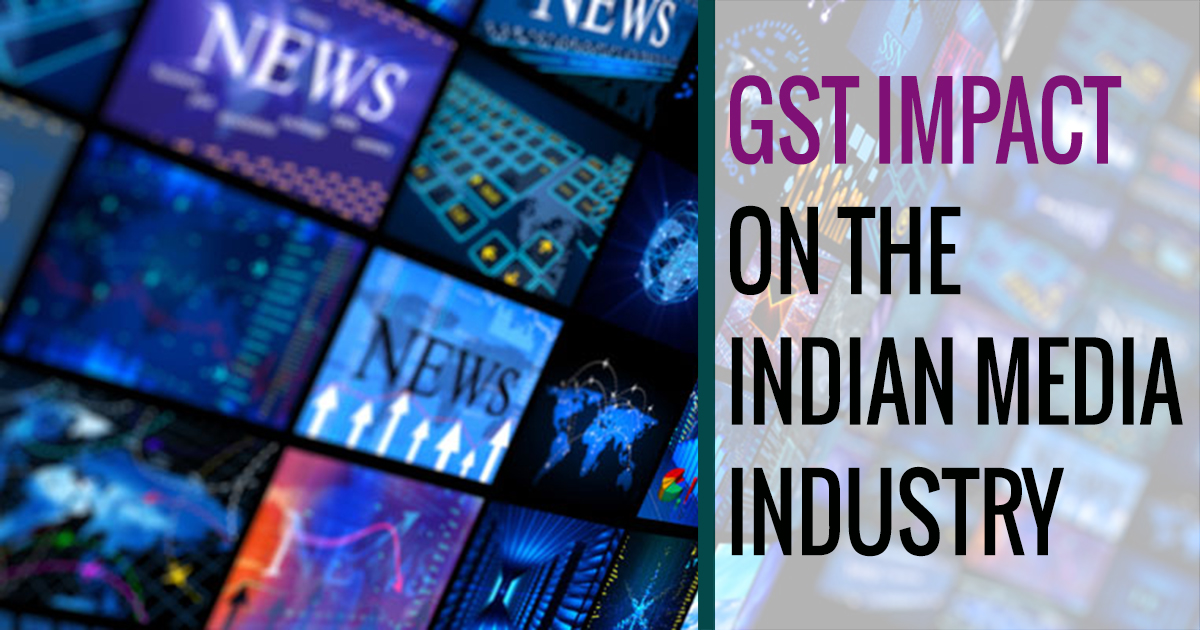
The Media industry in India is known for growth at a faster rate. India is globally the fifth largest media arena. Penetration of smart-phones and the Digital India initiative have led to a spurt of activities in the digital sector. While the growth track is impressive, a number of challenges are posed by the industry. This paper explores the key challenges of the Indian Media sector from a tax perspective.
The implementation of GST have favourable impacts on the sector and its verticals like broadcasting, print, television, digital etc.
The major benefit that GST accrues is that the entertainment tax which varied from 8-12% is further levied by increasing the average tax as much as 25%. However, after GST the consumer would have to pay a single tax between that can be anything between 18-20%. But the GST council has summed up the tax rates at 28% also including full input tax credit.
Hence the overall tax burden on consumers is set to reduce and any local body tax or state level tax levied now available as a credit, reducing the overall cost of production and sales. These costs now available for set off/ compensation in the output.
Read Also: GST Impact on Indian Telecom Industry
Advantage of GST is the elimination of dual tax levies of service tax and VAT on various transactions that occur.
There are other segments of the media industry that would look to the GST regime as a saviour. Imposing GST through supply chain should allow the producers and studios to set off the taxes, thereby reducing costs materially.
As per the previous tax system, the industry leaders were liable to pay an exorbitant amount of money as service tax for satellite rights etc. After GST implementation all taxes have come under one umbrella making it much simpler for industrial heads.
As per the GST law, the expenses borne on the advertisement can now be availed for the input tax credit on the taxes paid on the advertisements straight. Priyajit Ghosh, partner indirect tax, KPMG said that “The reason why such benefit would be available [under GST] is that [currently] while service tax applicable on the advertisement is a central tax, VAT is a state tax. The credit of central tax against state taxes is not allowed.”
This has let the companies dig out the profits back into the advertisements which have resulted in ultimately boost the overall expenditure by 10 percent. But as another clause awaits to take a jibe over this profit stand, the anti-profiteering clause forces down the organization to pass the tax benefits to the ultimate consumers anyhow. As interpreted by Ghosh, “The anti-profiteering provision requires companies to reduce prices to the extent of the credit that they are benefited.”
The GST bill proved to be a boon for media sourcing chains which currently had dealt with different tax processes in all different states in the country. This means that tax cost will reduce and profits will increase. The hassle of dealing with different state governments with different tax system has been reduced to the greater extent. Overall, GST has push the platform of digital media to an upper level.